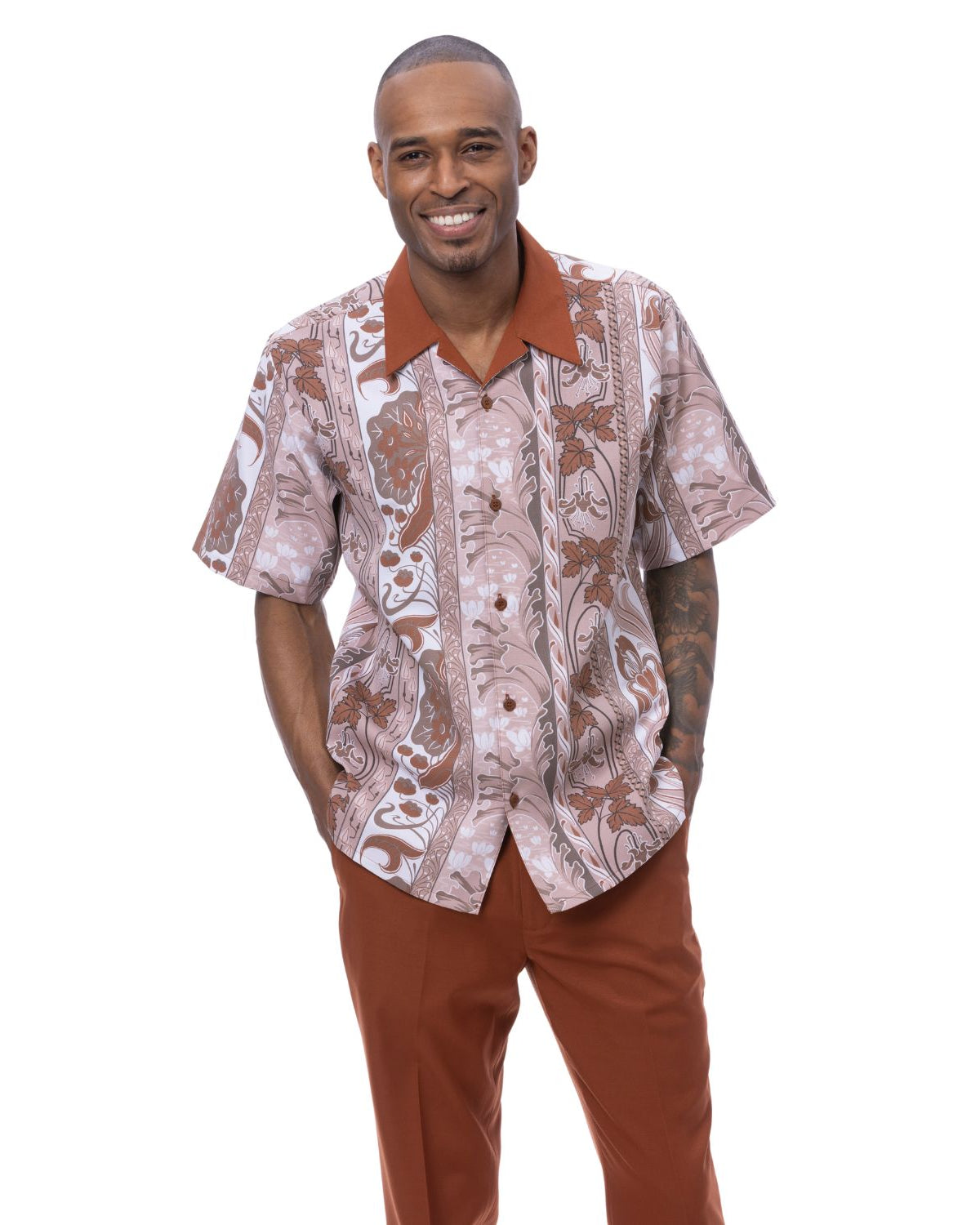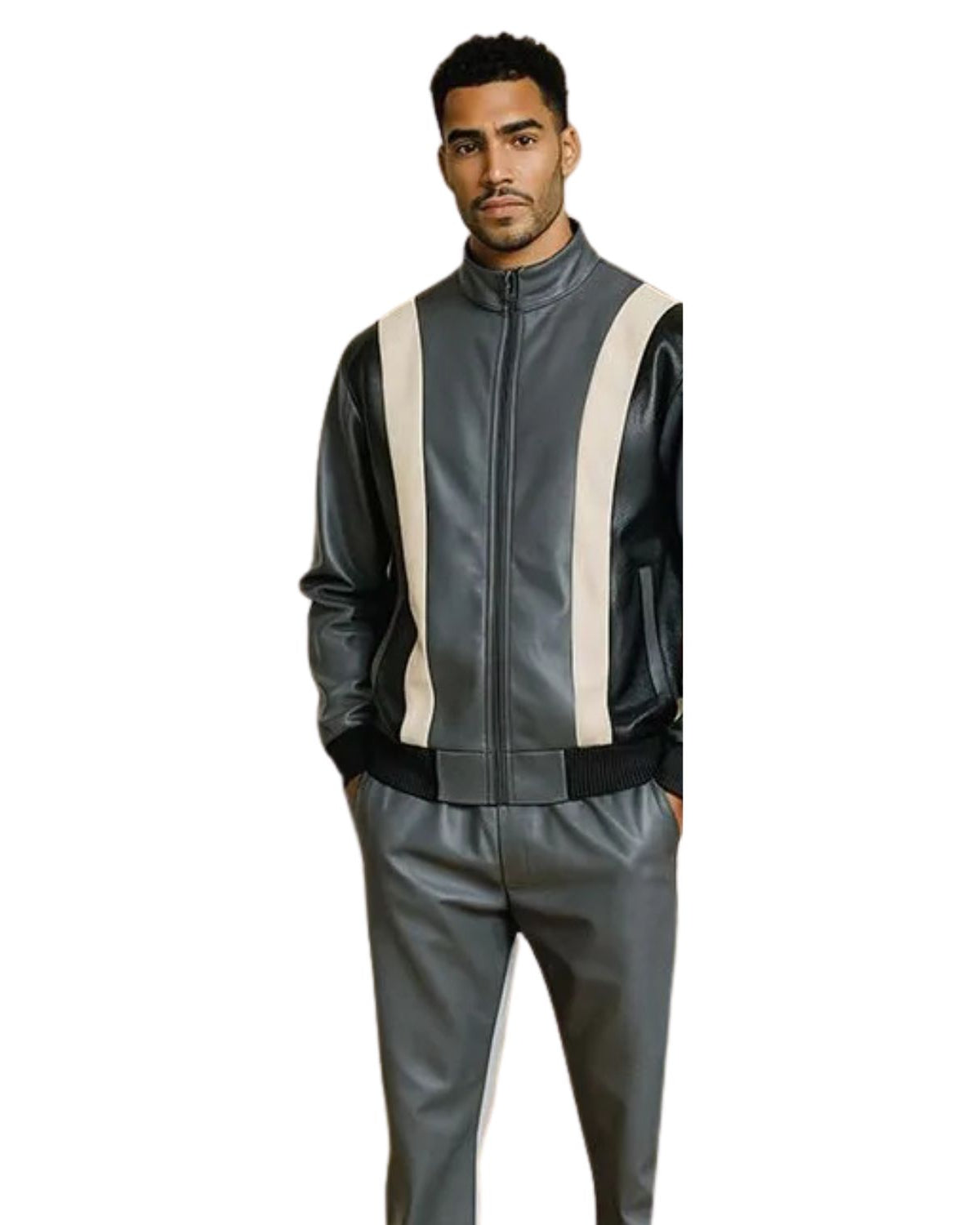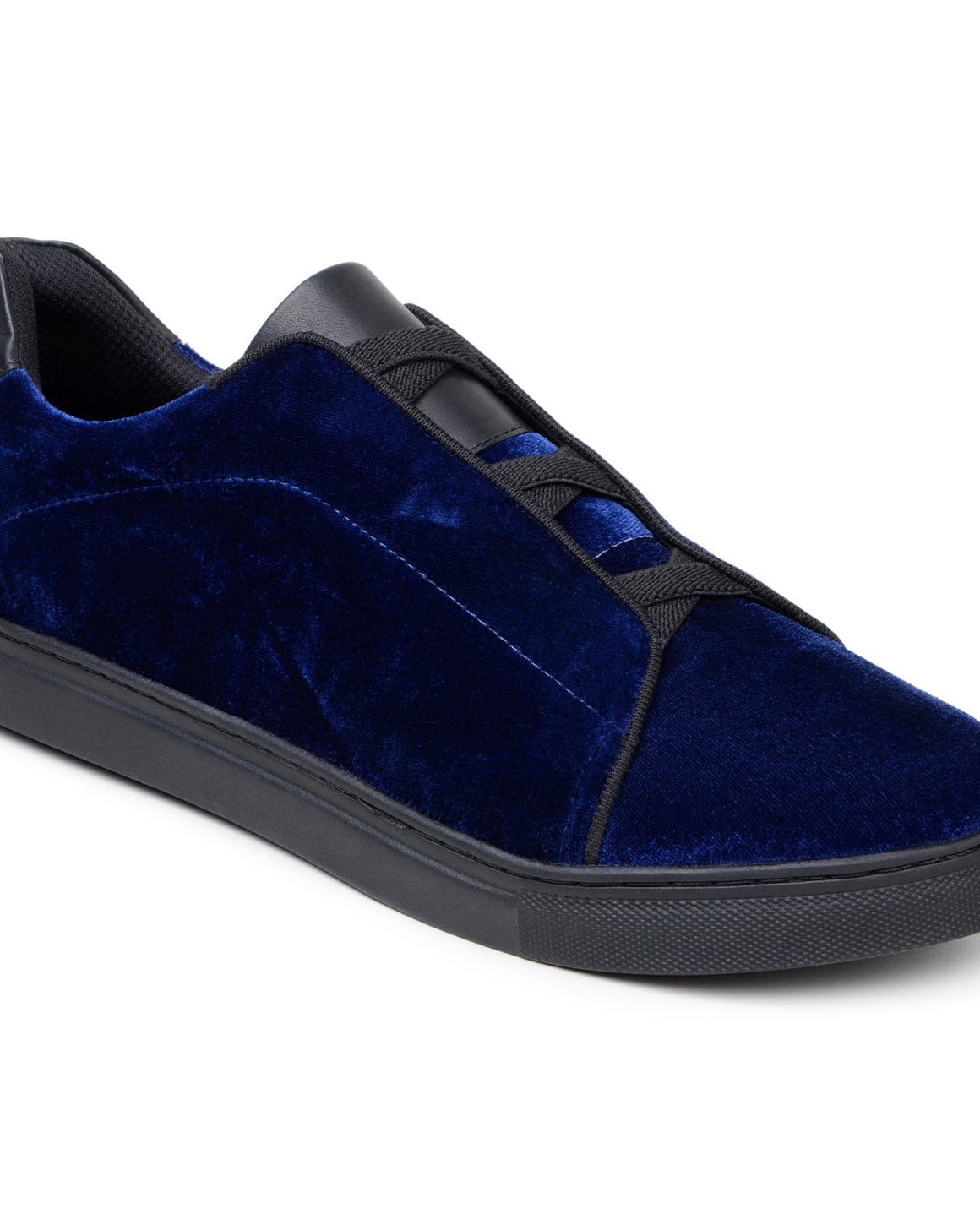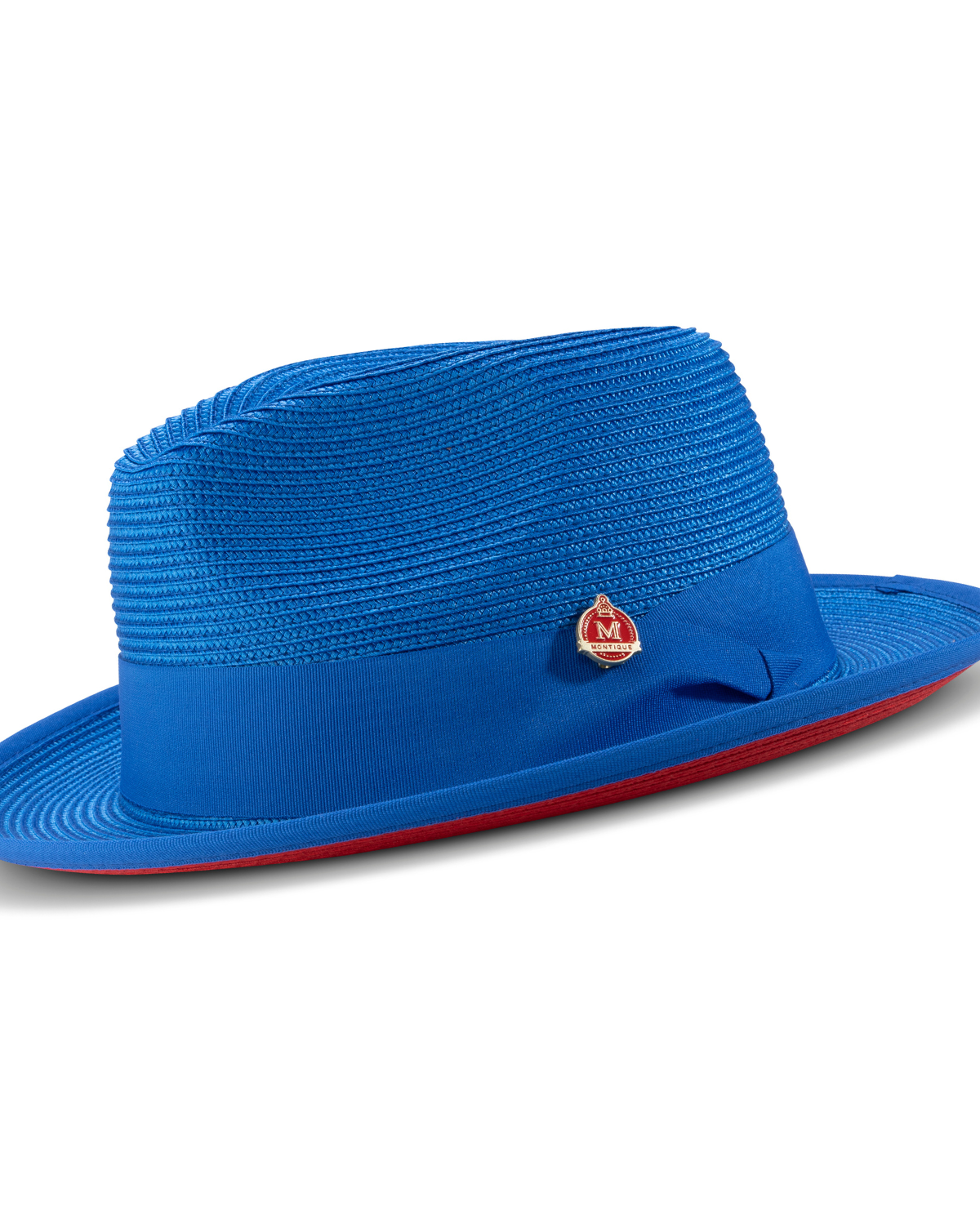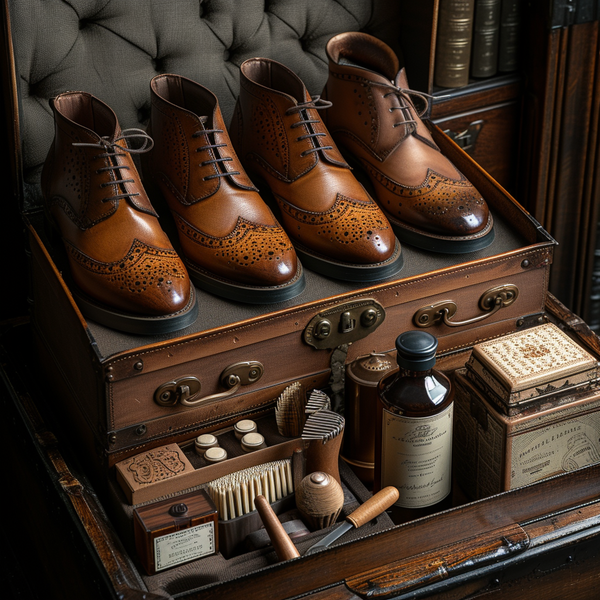Vintage shoes aren't just footwear; they're a walk through history, each pair telling its own unique story. With more and more people looking to bring these stories back to life, the art of shoe restoration has become not just a trend but a movement. It's about preserving the craftsmanship, the style, and the tales embedded in every stitch and seam of vintage footwear. And that's exactly what we're diving into today: a step-by-step guide to restoring your vintage shoes to their former glory.
Assessing the Condition of Your Vintage Shoes
Before we get our hands dirty, let's take a moment to really look at your shoes. Vintage shoes have lived lives before they came to you, and they carry the marks of those adventures. Wear and tear, dryness, and cracked leather are the usual suspects, but they're not death sentences. They're just the first chapter of the restoration story we're about to write.
Here’s a pro tip: grab a notepad and jot down every issue you spot. Is the leather crying out for moisture? Are the soles holding on for dear life? This isn’t just an inspection; it’s a conversation. And sometimes, that conversation might lead you to realize you need a professional’s touch. But don't worry, that's just another path to bringing those shoes back to life.
Gathering the Necessary Restoration Supplies
Alright, it's time to gear up. Restoring shoes is a bit like being a detective and an artist at the same time. You’ll need your toolkit ready before you dive in. Here’s what should be on your list:
- Leather Conditioner: Think of this as a drink for thirsty leather. It brings back moisture and life to dried-out shoes.
- Polish: This is your magic wand for making shoes shine like they’re fresh out of the box.
- Brushes: Soft for dusting off the old days, hard for working in the new shine.
- Gentle Cleaning Products: Remember, we’re dealing with history here. Harsh chemicals are a no-go. Eco-friendly and gentle is the way to clean without leaving a mark.
This list isn’t just your shopping list; it’s your first step in the journey of restoration. Each item is a promise to those vintage shoes that their stories aren’t over yet. And with these tools in hand, you’re ready to start writing the next chapter.
Cleaning and Preparing Your Vintage Shoes
Before we get into the nitty-gritty of bringing your vintage shoes back from the brink, let's start with a clean slate. Cleaning isn't just about making your shoes look good; it's about setting the stage for restoration. Here’s how to do it right:
-
Gentle Brushing: Start by gently brushing off any surface dirt or dust. Use a soft-bristled brush to avoid scratching the leather. Think of it as dusting off the cobwebs of the past.
-
Wiping Down: Next, take a damp cloth (not wet) and gently wipe down the shoes. This step is about removing the grime that’s built up over the years. Be gentle – treat the shoes like an old painting that needs a careful touch.
-
Removing Old Polish: If your shoes have layers of old polish, it’s time to strip it back. Use a mild leather cleaner and a soft cloth to remove old polish without damaging the leather. This step is like peeling back the layers of history to reveal the true story beneath.
Repairing Damage to Leather and Soles
Vintage shoes have seen a lot, and sometimes they carry the scars of their adventures. Here’s how to address some common issues:
-
Scuffed Leather: Light scuffs can often be buffed out with a bit of elbow grease and the right polish. For deeper scuffs, leather repair creams can work wonders.
-
Cracked Soles: Cracks in the soles can be a tricky fix. Minor cracks can sometimes be glued, but for major issues, it’s time to call in the professionals. A cobbler can replace or repair soles, giving your shoes a new lease on life.
-
Loose Stitching: Loose stitches are like loose ends in a story – they need to be tied up. For small areas, a bit of DIY stitching can do the trick. But if the stitching saga is more epic, a professional cobbler should be your go-to.
Conditioning and Moisturizing Vintage Leather
After cleaning and repairs, it’s time to bring the leather back to its former glory. Conditioning and moisturizing are about more than just aesthetics; they're about nourishment.
-
Selecting the Right Conditioner: Not all leather conditioners are created equal. Look for one that’s suited to the type of leather you’re working with. If in doubt, a neutral conditioner is a good all-rounder.
-
Applying the Conditioner: Apply the conditioner with a soft cloth, working it into the leather in gentle, circular motions. Think of it as massaging life back into the leather. Allow it to absorb and then buff off any excess.
This step isn't just about making the leather look good; it's about ensuring it's flexible, resilient, and ready to face the future with you. By the end of this process, your vintage shoes won’t just be restored; they’ll be revitalized, each step you take a testament to the craftsmanship and stories they carry.
Polishing and Finishing Touches
Now that your vintage shoes are cleaned, repaired, and conditioned, it’s showtime – the moment to give them that sought-after shine. Polishing isn’t just about aesthetics; it’s the protective shield your shoes need to face the world.
-
Choosing the Right Polish: Match the polish to the color of your shoes to enhance their natural beauty. If you’re in doubt, a neutral polish works wonders without altering the original hue.
-
Application: Apply the polish with a soft cloth or brush, working in small, circular motions. It’s like painting – each stroke adds depth and character. Focus on one section at a time, allowing the polish to penetrate the leather.
-
Buffing to a Shine: Once the polish has dried, use a clean, soft brush or cloth to buff the shoes to a high shine. This is where your efforts pay off, revealing a pair of shoes that gleam with stories and style.
Storing and Caring for Restored Vintage Shoes
Your vintage shoes have been through a lot. Here’s how to keep them in their best shape:
-
Proper Storage: Store your shoes in a cool, dry place away from direct sunlight, which can fade and damage the leather. Shoe trees are great for maintaining shape and absorbing moisture, keeping the leather from cracking.
-
Routine Maintenance: Regularly clean and condition your shoes, even when they’re not in active use. This routine care keeps the leather healthy and prevents future damage.
To Sum Up
Restoring vintage shoes isn't just about fashion; it's about reviving the past and embracing sustainable style. It's a fulfilling journey that breathes new life into timeless classics, showcasing the enduring appeal of vintage craftsmanship. For enthusiasts eager to explore more about vintage shoe care, Suits & More offers a treasure trove of insights and tips to ensure your timeless pieces continue to tell their stories for years to come. Join us in celebrating the art of shoe restoration and the timeless elegance of vintage footwear at Suits & More.

